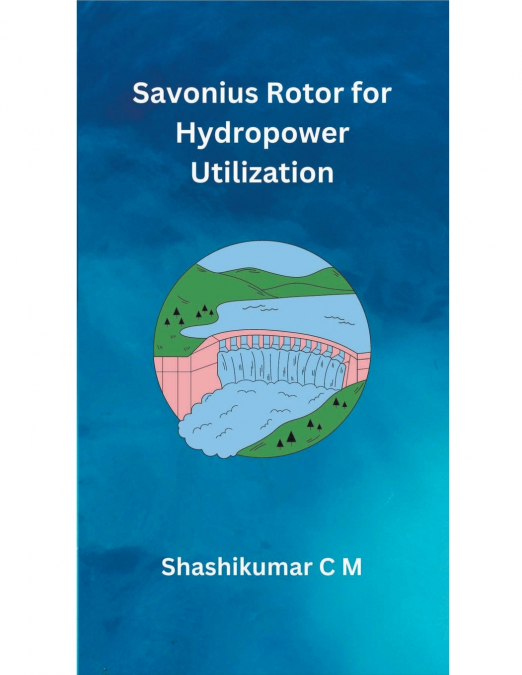
 Librería Perelló (Valencia)
Librería Perelló (Valencia)
 Librería Aciertas (Toledo)
Librería Aciertas (Toledo)
 Librería Elías (Asturias)
Librería Elías (Asturias)
 Donde los libros
Donde los libros
 El AlmaZen del Alquimista (Sevilla)
El AlmaZen del Alquimista (Sevilla)
 Librería Kolima (Madrid)
Librería Kolima (Madrid)
 Librería Proteo (Málaga)
Librería Proteo (Málaga)
In recent years the demand for renewable energy sources has grown substantially due to an increase in global energy demand, increased dependability and cost of fossil fuels, and the unforeseen environmental threat from fossil fuel consumption. These crises have led to a shift in our focus on renewable resources such as solar, wind, hydropower, geothermal, and biomass. Hydropower is one of the cleanest, most efficient, and predictable sources. Hydrokinetic energy is the economically most valued option for green energy production. The principle of hydrokinetic energy conversion involves the use of kinetic energy available in rivers, ocean tides, ocean water currents, and irrigation canals for small-scale hydropower generation. This technology has immense potential to generate hydropower from water flowing with low velocity and a small head. The turbines that transform the kinetic energy of flowing water into mechanical power are called hydrokinetic turbines; such turbines are also known as water current turbines, ultra-low head hydro turbines, free flow/stream turbines, and zero head hydro turbines. The Savonius hydrokinetic turbine is one of the innovative solutions for electricity generation in remote regions. Savonius hydrokinetic turbine is a vertical axis turbine, and it is a unique mechanical device that works on the mechanism of drag effect rather than lifting mechanism. The rotor has a high starting torque and is thus ideal for hydrodynamic application and operates at much lower flow rates. The main reason for using this turbine is that it offers a simple design, resulting in lower costs than other vertical axis turbines. In addition, the Savonius turbine has a simple blade profile compared to the more complex design requirements of the Darrieus turbine with airfoil-shaped blades. The simpler construction criteria of the Savonius blade helps to reduce the development and maintenance cost of the entire system. The concept of a Savonius hydrokinetic turbine is equivalent to a Savonius wind turbine system since both the systems derive kinetic energy from free-flowing streams. Compared with the wind turbine system, the Savonius hydrokinetic turbine system has a higher energy density, mainly due to the direction and speed of the incoming water and good predictability